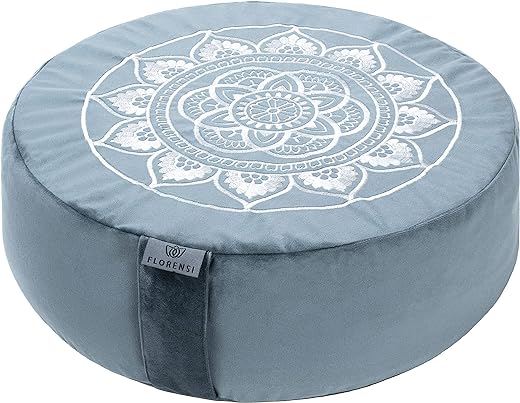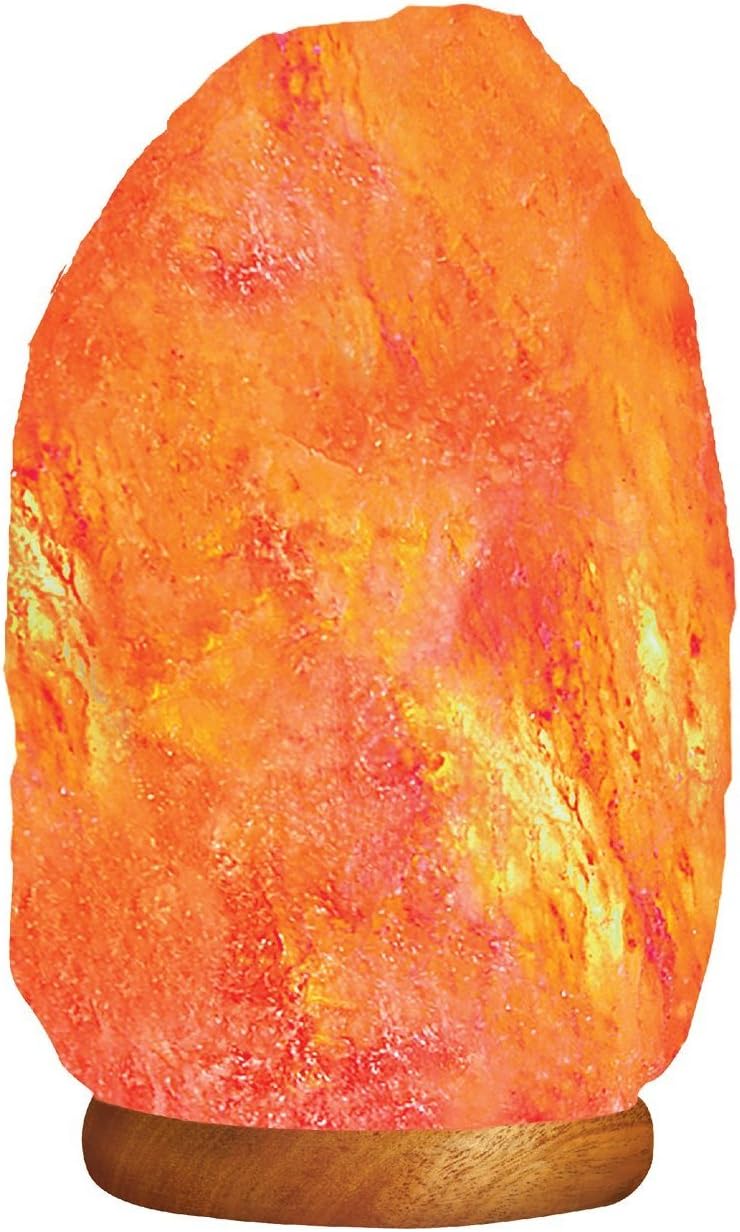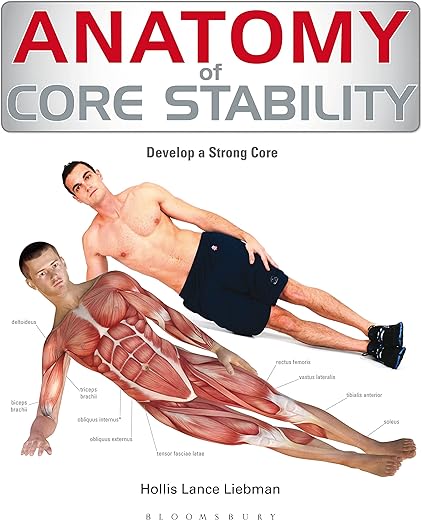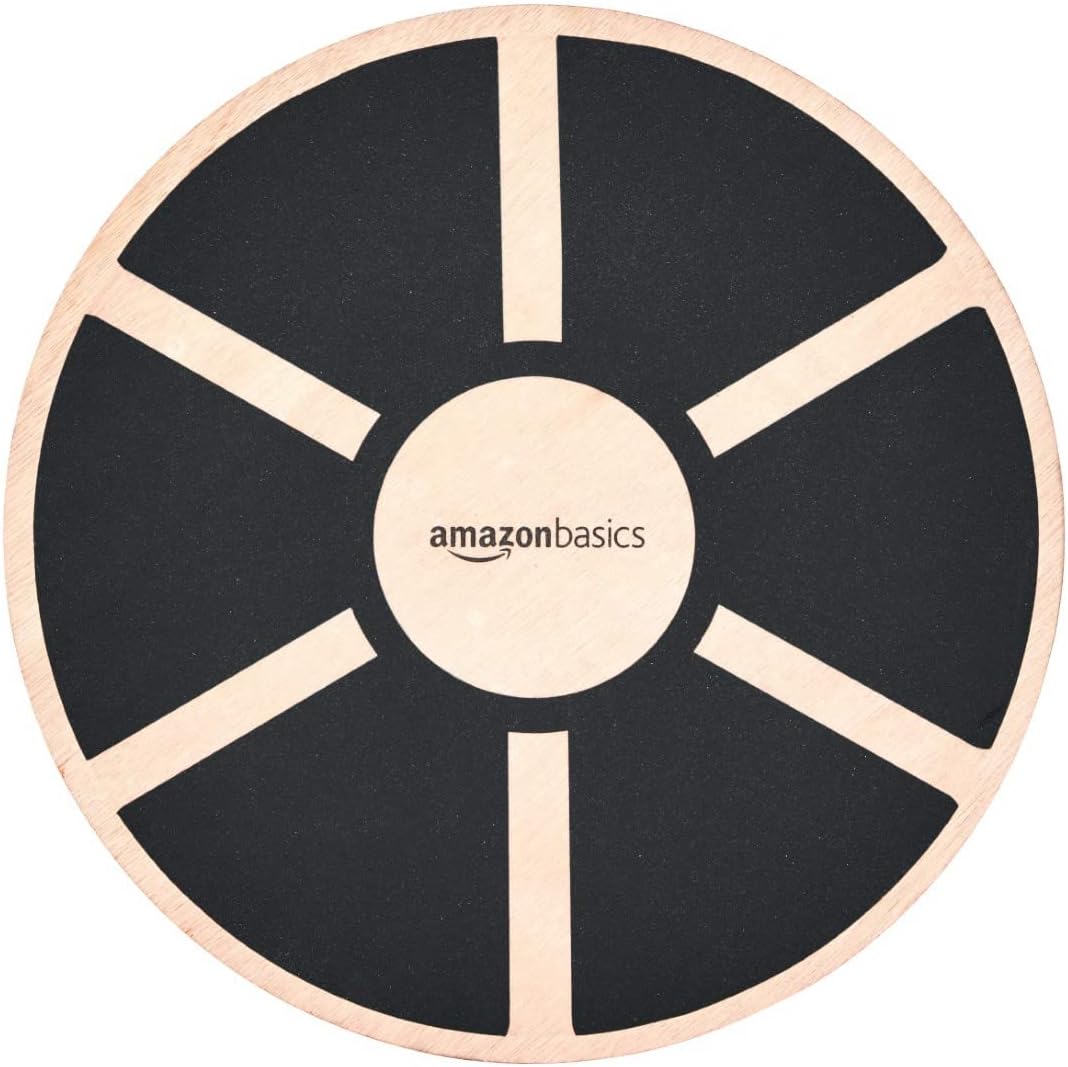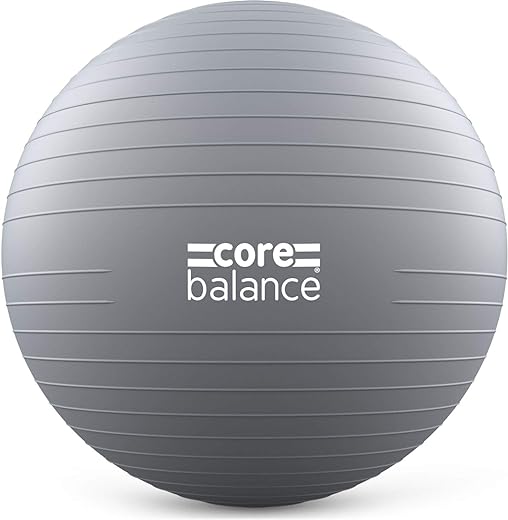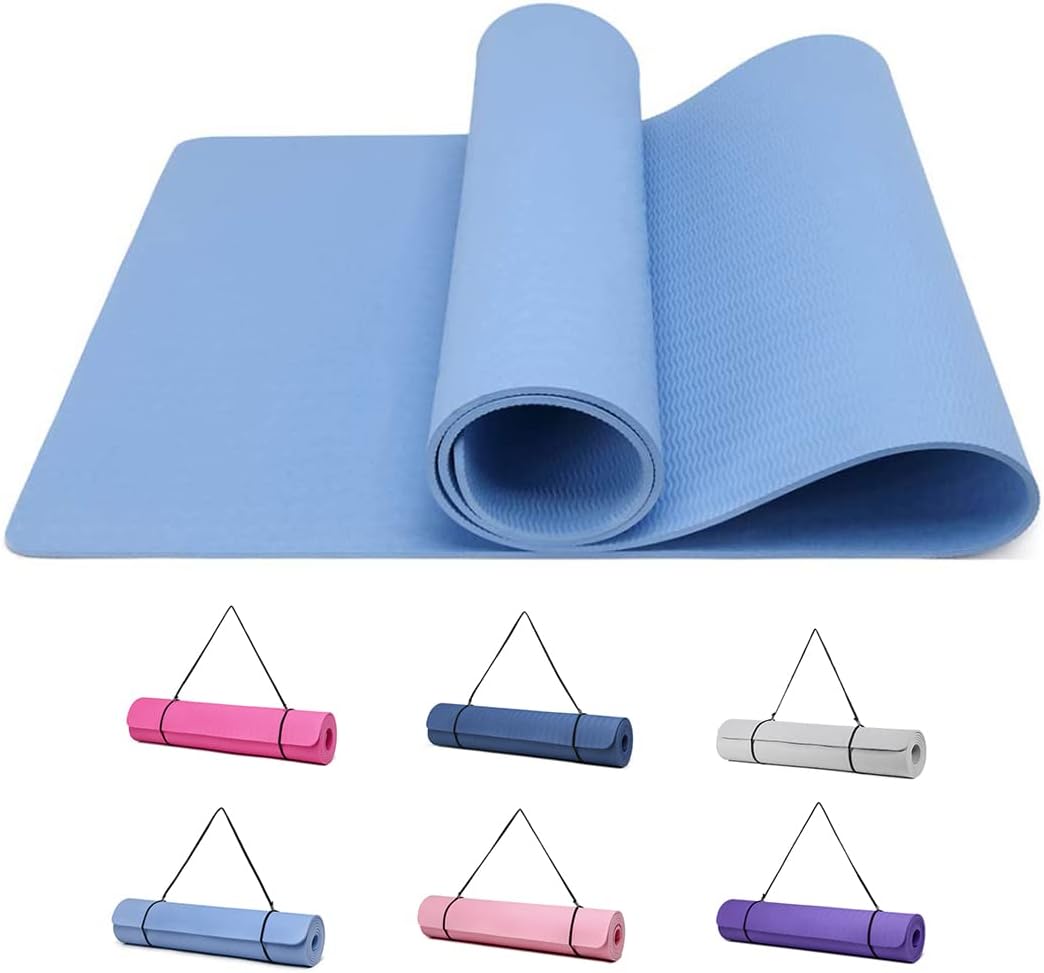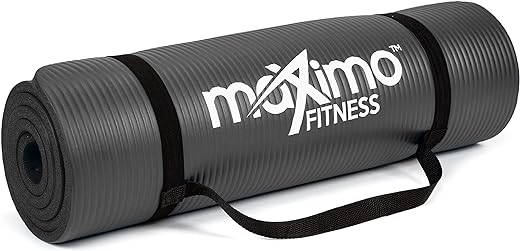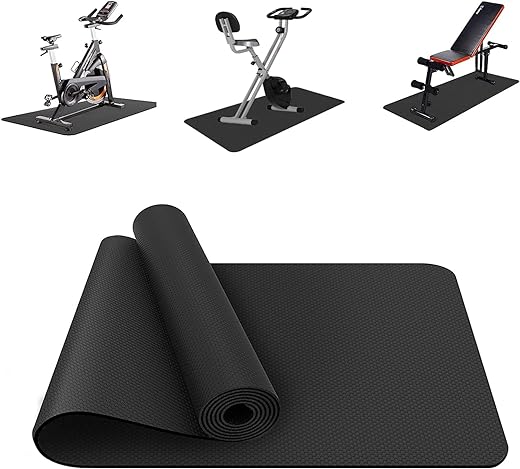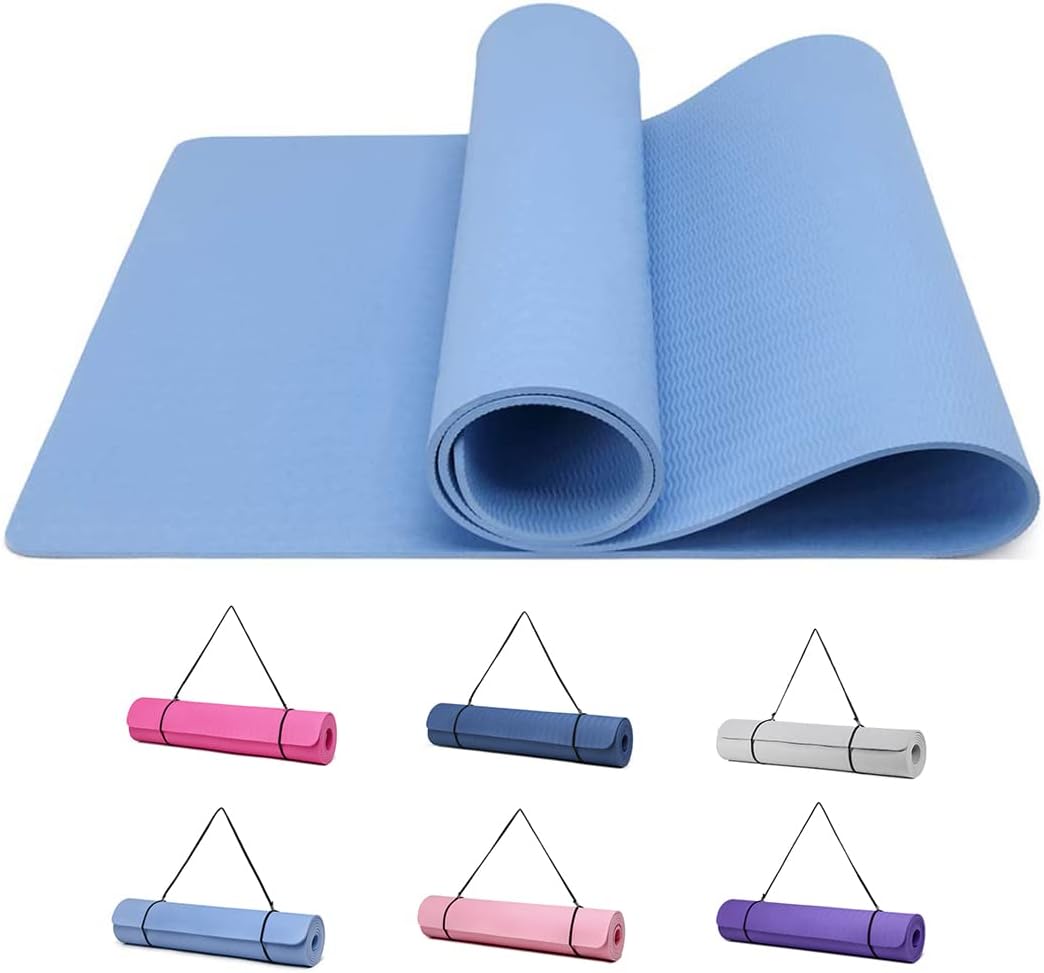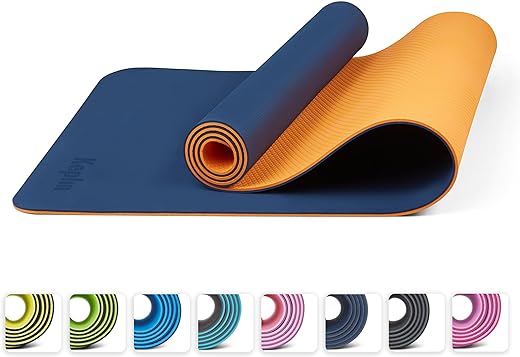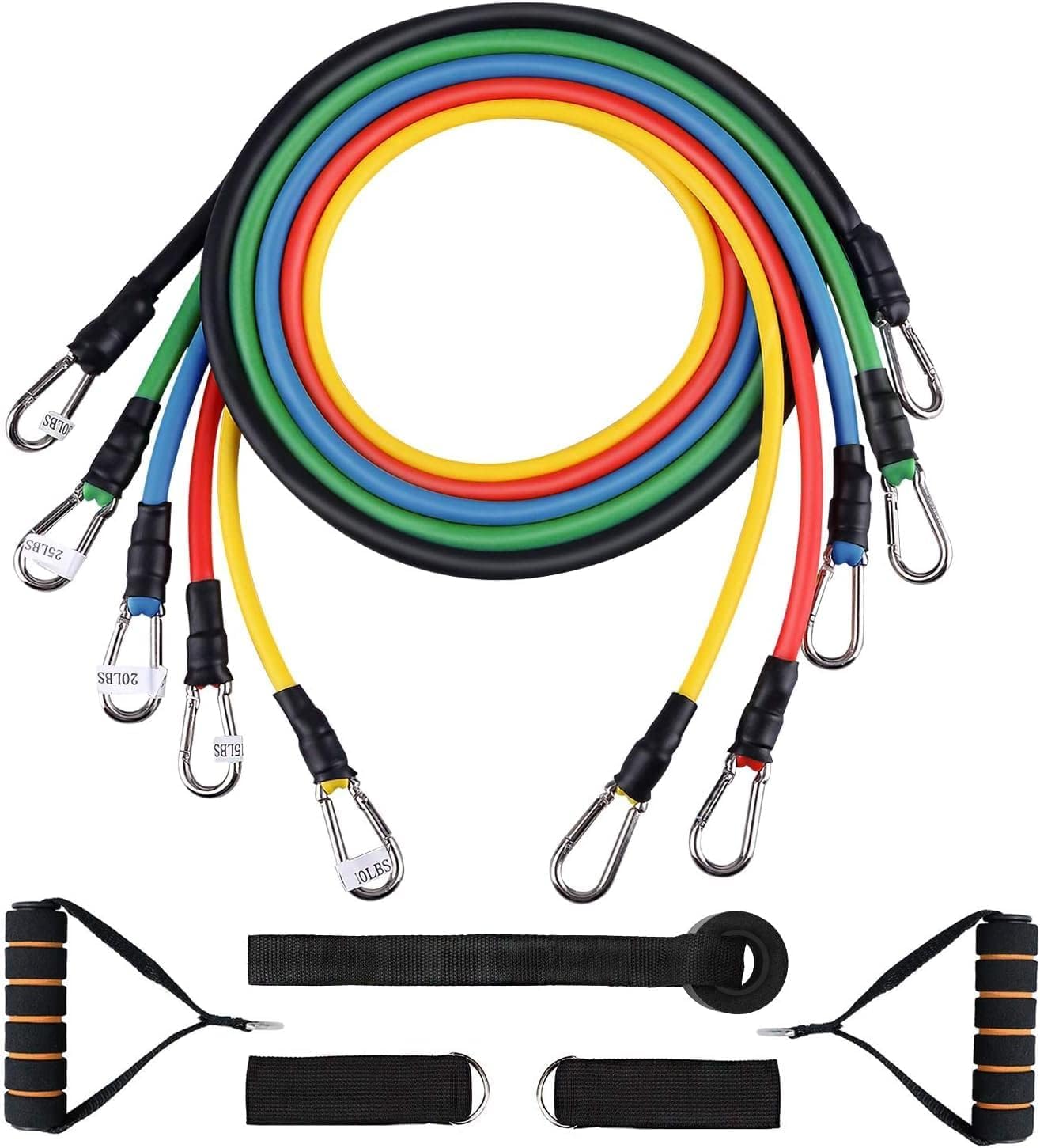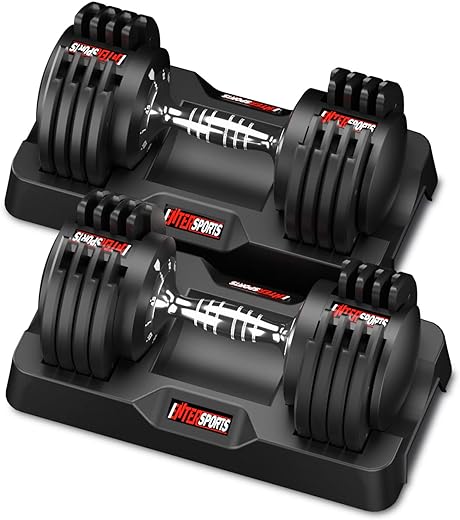This step-by-step guide outlines how to effectively evaluate the quality of the DEWALT DWHT75021 20 oz Rip Claw Hammer before purchasing. It emphasizes key factors such as examining the overall construction, checking the weight distribution, testing the grip for comfort and durability, inspecting the claw and head for any imperfections, and reviewing customer feedback. By following these steps, you can ensure that you choose a reliable tool that is both functional and meets your specific requirements.
1. Inspect the Hammer’s Build Quality
Examine the overall construction of the hammer. Observe the head and handle closely for any signs of defects. Look for the following:
- Cracks: Inspect for any fissures running along the surface of the head or handle, as these can weaken the hammer and pose a safety risk during use.
- Dents: Check for indents or deformities on the head. A damaged head can affect striking efficiency and accuracy.
- Surface quality: Ensure the hammer has a smooth surface. Feel for rough spots or uneven areas that might indicate poor craftsmanship.
Inspect the connection between the head and handle. A solid hammer will exhibit precision in assembly, where the head fits snugly onto the handle without any gaps. Look for:
- Fit and finish: Assess the tightness of the connection, ensuring there are no visible separations.
- Material consistency: Verify that both the head and handle are made from durable, high-quality materials. A reliable hammer often features a steel head with a wooden, fiberglass, or steel handle.
- Weight distribution: Hold the hammer to gauge its balance. A well-constructed hammer should feel stable and evenly weighted, enhancing control during use.
2. Check the Weight and Balance
Feel the weight of the hammer in your hand. Grip the DEWALT DWHT75021 firmly while holding it in different positions. Notice how it balances in your hand; a well-designed hammer should feel evenly distributed. If one end feels significantly heavier or the overall weight feels cumbersome, adjust your grip or try holding it in different ways. Pay attention to any discomfort or strain that may arise. This initial assessment will help you gauge if the tool suits your handling preferences.
Evaluate its performance by swinging the hammer lightly. Note how it operates and whether you maintain control throughout the motion. A balanced hammer should allow for smooth, fluid movements without requiring excessive effort. If it feels cumbersome or unwieldy during your test swings, consider using an alternative hammer that better meets your requirements. Awareness of the hammer’s weight and balance will contribute to more effective and efficient use during your projects.
3. Examine the Handle Material
- Choose a handle that is constructed from robust materials, such as fiberglass or steel. These materials are known for their longevity and resistance to wear and tear.
- Inspect the handle closely for any signs of wear, including cracks, chips, or corrosion. Such damage can compromise the functionality and safety of your tool.
- Evaluate the overall condition of the handle, ensuring it shows no signs of excessive deterioration that may affect performance.
- Test the handle’s grip by holding it in your hand. Assess whether it feels comfortable and allows for a firm hold.
- Ensure the handle is ergonomically designed to fit the contours of your hand, reducing strain during extended use.
- Pay attention to any rubberized or textured areas that enhance grip stability. Confirm these features are intact and not excessively worn, as they significantly impact handling comfort.
4. Test the Hammer’s Claw Function
Evaluate the rip claw design by selecting a suitable surface, such as a wooden plank, to perform your test. Firmly grasp the hammer and position the claw’s prongs around the shaft of a nail that is partially embedded. Gently tap the hammer’s butt against the surface to create enough force for the claw to engage without excessive impact. This will help you observe how well the rip claw grips the nail’s head.
Observe the grip of the claw closely. A quality claw should firmly clamp onto the nail, allowing for smooth removal without slipping off. After securing the nail, pull back on the hammer while ensuring that the surrounding material remains undamaged. Assess the condition of the surface as the nail is extracted, noting any minimal impact from the claw. This test ensures that the hammer’s claw function meets expectations for effective nail removal while preserving the integrity of the material.
5. Assess the Price Against Competitors
Investigate the current market pricing for the DEWALT DWHT75021 and identify similar hammers from other reputable brands such as Craftsman, Stanley, or Milwaukee. Search online retailers and local hardware stores to gather data on their prices. As you compare prices, make careful note of each hammer’s specifications, including weight, material, and design features. Create a spreadsheet or a chart to visually represent this information, allowing for easier comparisons. This structured approach will help you see at a glance how the DEWALT hammer stacks up against its competitors in terms of price.
Evaluate the features offered by each hammer in conjunction with their prices. Look for aspects such as ergonomic design, shock absorption capabilities, and overall durability. Ensure that the DEWALT DWHT75021’s price aligns with the quality and utility provided, especially when juxtaposed against similar products. Pay attention to customer reviews and ratings, as these testimonials can offer insight into the performance of each hammer relative to its price. This thorough analysis will assist in making an informed decision about whether the DEWALT hammer represents a good value compared to its competitors.
Final Tips for Assessment
In conclusion, assessing the quality of the DEWALT DWHT75021 hammer before purchase is essential for ensuring that you choose a tool that meets your specific requirements. By conducting a thorough inspection and considering factors such as build quality, weight, and user reviews, you can make an informed decision. This diligence not only safeguards your investment but also guarantees that you acquire a reliable and durable tool that will serve you well for years to come.
Essential Gear Needed
- DEWALT DWHT75021 hammer
- Weighing scale
- Level surface for balance testing
- Ruler or measuring tape
- Magnifying glass or flashlight (optional for inspection)
- Gloves (for handling and testing)
- Price comparison chart or list of competitor products
Assessing Quality Features
- Inspect the Build Quality: Examine the materials for durability and sturdiness. Check for any signs of weak construction or poor welding
- Handle Comfort Test: Grip the handle to assess its comfort level. Ensure it feels ergonomic and provides a secure grip, even during extended use
- Check Weight Balance: Hold the hammer to see if it feels balanced. A well-balanced hammer increases control and reduces user fatigue
- Look for Vibration Dampening: Test whether the hammer has features to absorb vibrations, which can enhance comfort and reduce strain during use
- Examine the Striking Surface: Inspect the face of the hammer for evenness and any defects. A well-formed striking surface helps ensure effective impact
- Verify Claw Design: If applicable, assess the design of the claw for effective nail removal and prying capabilities
- Weight Appropriateness: Consider whether the hammer’s weight is suitable for your intended applications. Heavier hammers deliver more force, while lighter ones offer better control
- Read Customer Reviews: Research online reviews to gather real user experiences that provide insights about performance and reliability
- Check Warranty Information: Ensure the hammer comes with a warranty, reflecting the manufacturer’s confidence in their product’s quality
- Purchase from Authorized Dealers: To ensure authenticity, buy from authorized retailers or directly from DEWALT to avoid counterfeit products
Mastering the DEWALT DWHT75021: A Step-by-Step Guide to Effective Use
- Familiarize Yourself with the Hammer: Understand the parts of the hammer, including the handle, head, and claws. The rip claw is designed for prying and removing nails, while the flat striking face is used for driving nails
- Choose the Right Nail: Use the appropriate type and size of nail for your project. The hammer is designed for driving a variety of nails, so select one that suits your needs
- Grip and Stance: Hold the hammer comfortably with one hand towards the end of the handle for leverage. Stand with your feet shoulder-width apart to maintain balance
- Striking Technique: Position the nail at the desired point and hold it steady with your fingers or a scrap piece of wood. Use a smooth, controlled swing to strike the nail’s head, hitting it straight on to prevent bending
- Prying with the Claw: To remove a nail, position the claw under the nail head and leverage the handle upwards. Apply controlled force to pry the nail out without damaging the surrounding material
- By following these steps, beginners can effectively and safely use the DEWALT DWHT75021 Rip Claw Hammer
Essential Questions About the DEWALT DWHT75021 Hammer
How does the price of the DEWALT DWHT75021 compare to other hammers on the market?
The DEWALT DWHT75021 is a well-regarded hammer known for its durable construction and effective performance in various tasks. As of my last update in October 2023, the price of the DEWALT DWHT75021 typically falls within the range of $15 to $25, depending on the retailer and specific sales or promotions.
When comparing it to other hammers on the market, prices can vary widely based on factors such as brand, materials, and added features. For example, basic claw hammers from brands like Stanley or Estwing may be priced similarly, often ranging from $10 to $30. However, premium models or specialized hammers (such as those with anti-vibration technology or those designed for specific trades) can go significantly higher, sometimes exceeding $50 or more.
Overall, the DEWALT DWHT75021 is competitively priced compared to other mid-range hammers, offering a balance of quality and affordability suitable for both professional and DIY users.
How does the head of the DWHT75021 compare to other hammers in terms of balance?
The DWHT75021, a part of DeWalt’s lineup, is designed with an emphasis on balance and ergonomics. Compared to other hammers in its class, the head of the DWHT75021 provides a balanced feel due to its weight distribution and design features, which help reduce fatigue during extended use. Many users report that its balanced head allows for more precise striking and better control, leading to improved accuracy when driving nails or performing demolition tasks. In contrast, some heavier or less ergonomically designed hammers may result in a less balanced feel, leading to potential fatigue or less control. Overall, the DWHT75021 is regarded as having a favorable balance among its competitors in the market.

